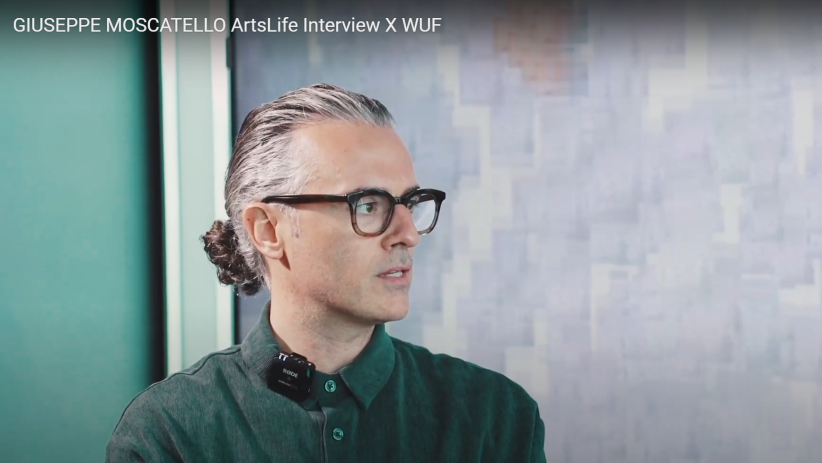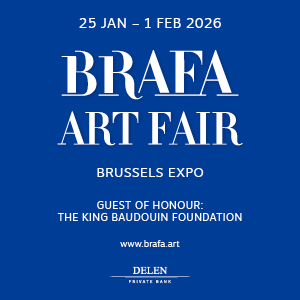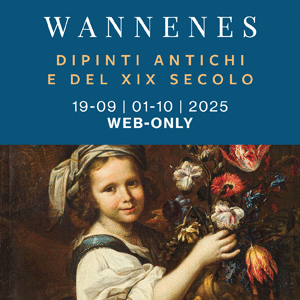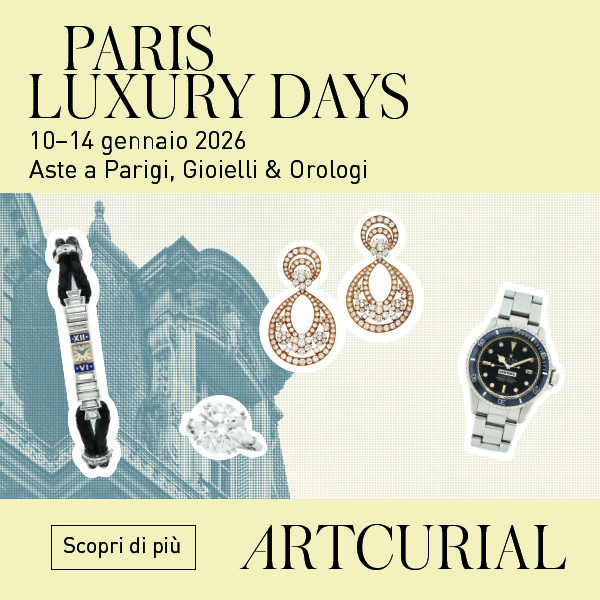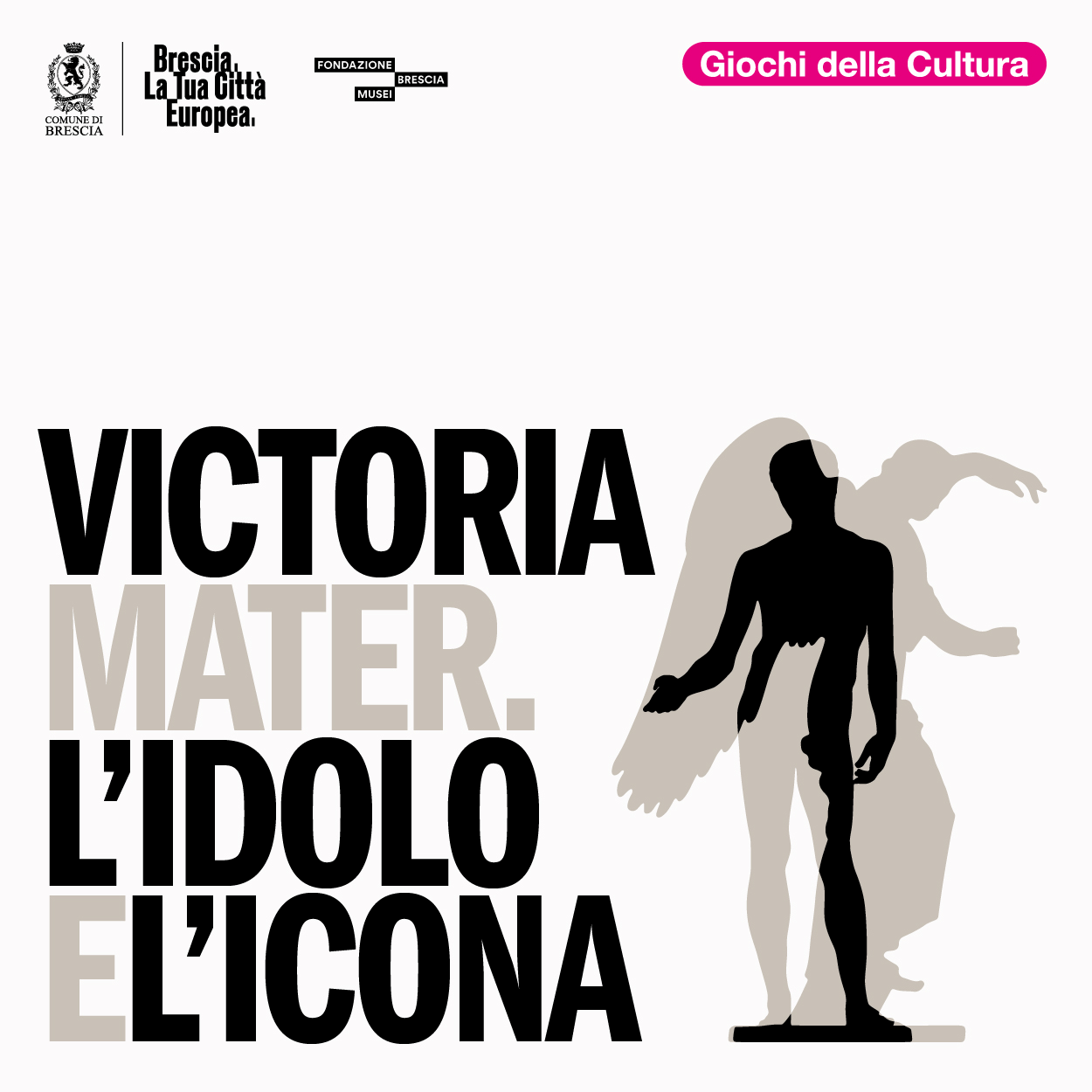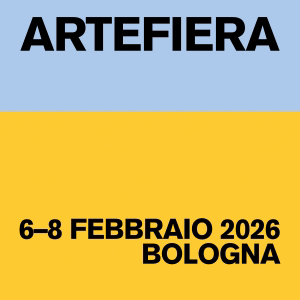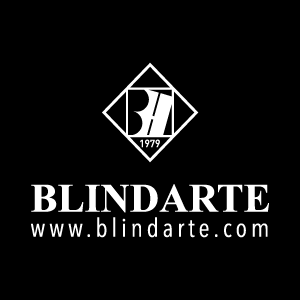Dedicata al mondo dell’arte WUF è pensata come un dispositivo contemporaneo di connessione tra giornalisti e protagonisti dello scenario artistico e ha debuttato con uno speciale appuntamento e due intense giornate di attività martedì 11 e mercoledì 12 giugno 2024. La nuova organizzazione WUF (We Understand the Future) è dedicata a connettere voci creative e valorizzare progetti artistici emergenti attraverso un approccio guidato dall’arte e dalla tecnologia. L’edizione inaugurale prende vita con un evento esclusivo per la stampa realizzato negli spazi dell’iconico Bar Rouge, con la partnership di ArtsLife e de La Lettura de Il Corriere della Sera.
La parola ai protagonisti: GIUSEPPE MOSCATELLO
They realized that okay, the digital aspect is interesting, but now we want to find a space to show our digital art, and I thought that was a big opportunity.
Good morning, Giuseppe. How are you?
I’m good, thank you.
Why are you arriving in Basel? For the fair?
Yeah, it’s good. I’m enjoying my time, seeing a lot of interesting art, a lot of good exhibitions. Basel is always fulfilling in many ways, not only for the art exhibitions but also for the networking that you can do and meeting a lot of friends. It’s the place to be.
Of course. I think, in my opinion, after Venice, Art Basel is the second art city in the world.
Yeah, of course.
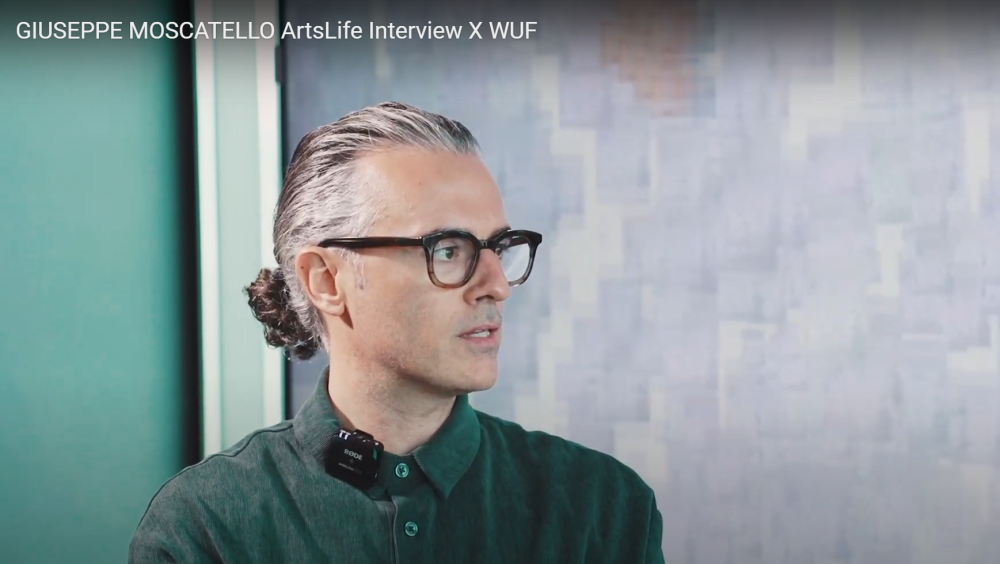
So this year with Venice and Basel, this spring is full of opportunities in the art field. You are an art creator and an entrepreneur. Can you talk a little bit about your activities? It’s very fascinating, and I’m really interested.
Thank you. I started my career as an artist, and I still practice art. But I shifted to curatorial work in 2007-2008 when I moved to the United Arab Emirates. I started working for a couple of different art institutions which I co-founded. These art institutions were part of the ecosystem that created the art scene in the Emirates.
Because you moved to the United Arab Emirates, and previously I know you spread in the cultural system. You are an entrepreneur in this field.
Yes, yes. In 2007, the scene was there but not as strong as it is today. Today, it’s becoming one of the most interesting independent art ecosystems. That’s the way I define it because I don’t feel that ecosystem is part of the global art system. It’s more like a micro-system with different players and components that define it.
Was it difficult entering this new world and culture so different from what you were used to?
No, I don’t think it was easy, but I think it’s because, as I was telling you before, it’s not the usual journey of an art curator. My journey is quite different. Moving there and starting curatorial research, doing studio visits, and exploring the art scene in that part of the world while it was developing was quite interesting. I feel lucky, you know, I feel blessed.
A little luck is necessary, yes.
Yes, yes, and as I mentioned to you, I work in different environmental contexts. I feel the way I wanted to present it to you is more from an ontological point of view. In the past, I worked on two important projects that I feel define my curatorial journey. One of them is a public project in the Emirates.
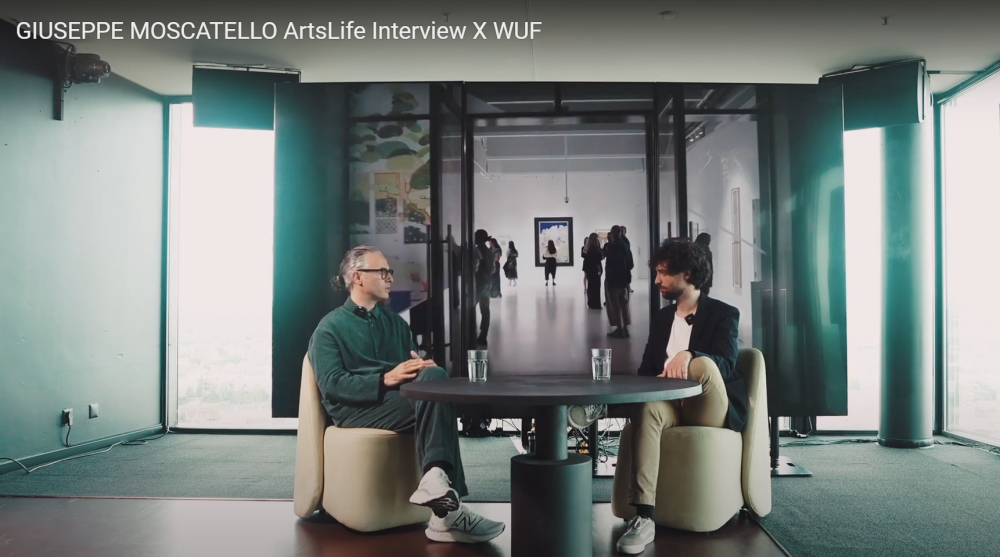
Can you talk about this project?
Yes, it was a roundabout in one of the main cities of the Emirates, in Ajman. The Commissioners said they had this boat in the roundabout, part of their heritage and history, and they wanted to show it to the world in a more modern way. So, I suggested researching and commissioning a designer or artist to redesign the whole project by looking at the history but redefining the narrative aesthetically.
Who did you commission for this project?
I commissioned Khaled Shafar, a Dubai-based designer. We worked together to define the right aesthetics based on the narrative of the boat’s history. The boat was part of the city’s family heritage. It was interesting because we explored the past with a vision for the future.
How did you manage to coexist cultural heritage with a broader vision?
It was challenging, but we made it. I was lucky to have the trust of the institution, which allowed me to work freely with the artist to discover the right solution. The result is a blend of traditional and modern elements, with a light installation at night that complements the project.
Is it an abstract sculpture or figurative?
It’s an old boat that is still there, but we incorporated a modern interpretation of it. We also redefined the surrounding area with more minimal, stone elements, creating a sort of landmark in the city.
Public art projects carry a different responsibility, right?
Yes, exactly. It’s art that is permanent and accessible to the entire population. I’ve always been involved in placemaking, co-founding art centers, and creating public art projects. Now, I’m also working on digital projects and planning to deliver a residency program in the Emirates, focusing on natural environments, wellness, and spirituality.
Can you reveal more about this residency program?
Not much yet, but it will be in a natural environment, likely the desert, and involve different disciplines, not just art. We are selecting artists based on their philosophy and mindful approach to work. The idea is to give them 90% freedom to interpret the place and develop their projects.

Will the residency results be exhibited in the place where the residency is held or elsewhere?
We are still figuring that out. It could be physical installations, publications, or other formats. The goal is to be open to all possibilities.
Is this project part of a broader vision to connect the Emirates with the international art world?
Yes, by bringing in international artists and creating cultural tourism. We want to integrate art into the community, much like we did with The Foundry, a hybrid space for art exhibitions, co-working, events, and more.
Can you explain the concept behind The Foundry?
The Foundry started in 2019 as an idea to create a space that combines art exhibitions, co-working, events, a podcast room, a library, and a café. After COVID, with the NFT boom, digital artists started approaching us to exhibit their work. We became a hub for this transitional moment in art, integrating digital and physical experiences.
Do you think digital art needs a physical aspect to support it?
Yes, I think there will always be a need for a physical aspect to digital art for a long time. These two communities, digital and traditional art, will likely remain separate but can coexist. The physical experience of art, the collective enjoyment, is crucial.
What about the NFT collectors’ mentality compared to traditional art collectors?
NFT collectors are mostly native to the NFT space, with a financial approach to art collecting. This is different from the traditional art world, where collecting is more about philanthropy and pleasure. Both approaches can coexist and have their own value.
Is there an example of a successful project combining digital and physical elements?
Yes, the ‘Solo’ exhibition by Sky Golpe was a great example. It included digital, physical, AI elements, and a hybrid publication with an NFT certificate. This formula works well and is something I want to continue exploring.
What do you see for the future of digital art and its integration with traditional art?
I think we are still in a transitional phase, but the prospects are good. Projects like ‘Hypothetical Space’ during COVID showed the need for online art experiences. We are still figuring out the best ways to integrate digital art, but it’s an exciting time.
Thank you very much for this fascinating conversation.
Thank you for having me. It was a pleasure.



